My favourite painting: Amy Meyers
'Stubbs’s portrayal is one of the subtlest and most poignant commentaries on the troubling displacements that were accruing from the development of a global empire'
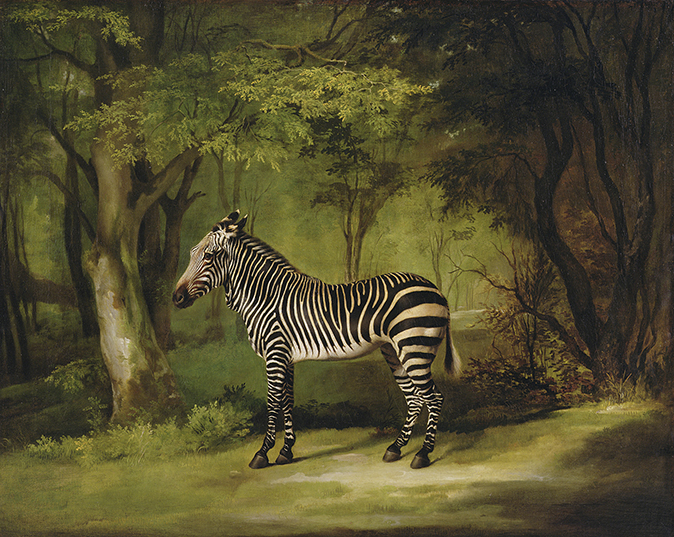

Zebra, 1763, by George Stubbs (1724–1806), 40½in by 50¼in, Yale Center for British Art, USA
Amy Meyers says:
I find this beautiful portrayal of a female zebra one of the most moving works in the collection of the Yale Center for British Art. It speaks eloquently to the tension inherent in Stubbs’s depictions of animals as the objective creations of a dispassionate empiricist bent on the acquisition of knowledge. Although a dedicated student of Nature, who engaged in the cruel sacrifice of animals to advance his understanding of their anatomy, Stubbs’s representation of the zebra is far more than a detached scientific examination of the animal’s form. Posing quietly in profile, she looks uncomfortably out of place, her black-and-white striped coat exposing her starkly against the dark English wood, her quizzical and forlorn expression disturbingly affecting. To my mind, Stubbs’s portrayal is one of the subtlest and most poignant commentaries on the troubling displacements that were accruing from the development of a global empire.
Amy Meyers is the Director of the Yale Center for British Art, which reopens on May 11, 2016
John McEwen comments on Zebra:
This zebra, the second seen in England, was presented to Queen Charlotte, wife of George III, in 1762. Brought from the Cape of Good Hope by Sir Thomas Adams as a belated wedding present, it was placed on free public view in the royal menagerie. ‘some Account of the Zebra, or painted African Ass, lately brought over and presented to her Majesty’ was published in the July issue of The London Magazine. ‘Numbers of people’ had been to see ‘one of the most beautiful creatures in the world... now generally feeding in a paddock near her majesty’s house [Buckingham House (later Palace) bought that year].’ An illustration showed the zebra with a groom.
Stubbs’s ground-breaking drawings of the Anatomy of a Horse stood him in good stead with the zebra, painted from life but set against an English wood, with enough sunny dapple and mysterious depths to suggest what he innocently imagined to be its forest home in Africa.
Sign up for the Country Life Newsletter
Exquisite houses, the beauty of Nature, and how to get the most from your life, straight to your inbox.
George III (‘Farmer George’) and the Queen were an uxorious and, worst of all, unglamorous couple and ownership of the ‘African ass’ aroused much robust satire, in various contexts, on the theme of the ‘Ass’ and the ‘Queen’s Ass’ for several decades after the zebra’s death in 1772:
‘A sight such as this surely was never seen: Who the deuce would not gaze at the A-- of a Q--? What prospect so charming!— What scene can surpass? The delicate sight of her M--’s A--?’
The zebra ended up as a travelling stuffed exhibit. its portrait never left stubbs’s studio.
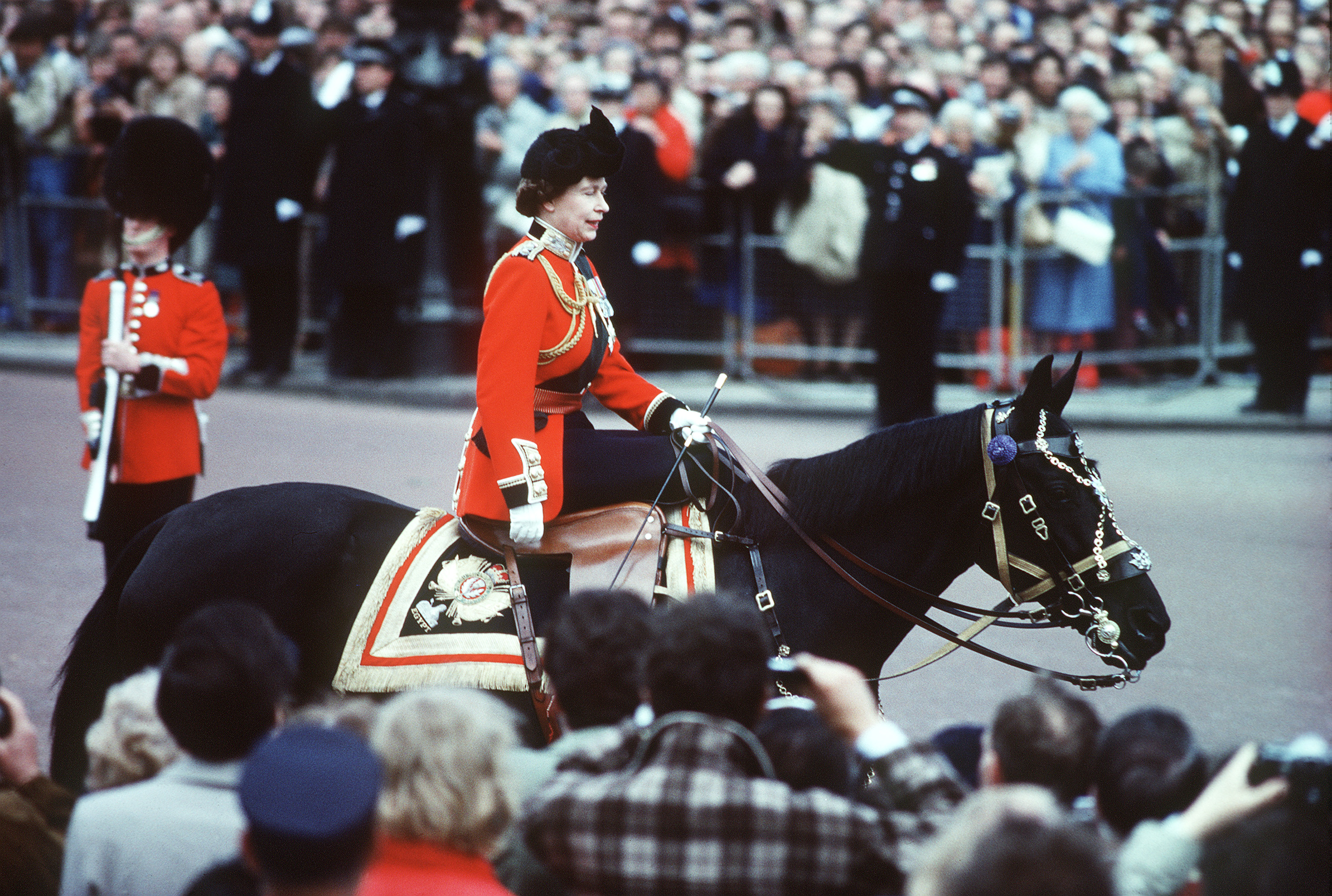
50 greatest horses of all time
In praise of brilliant horses.
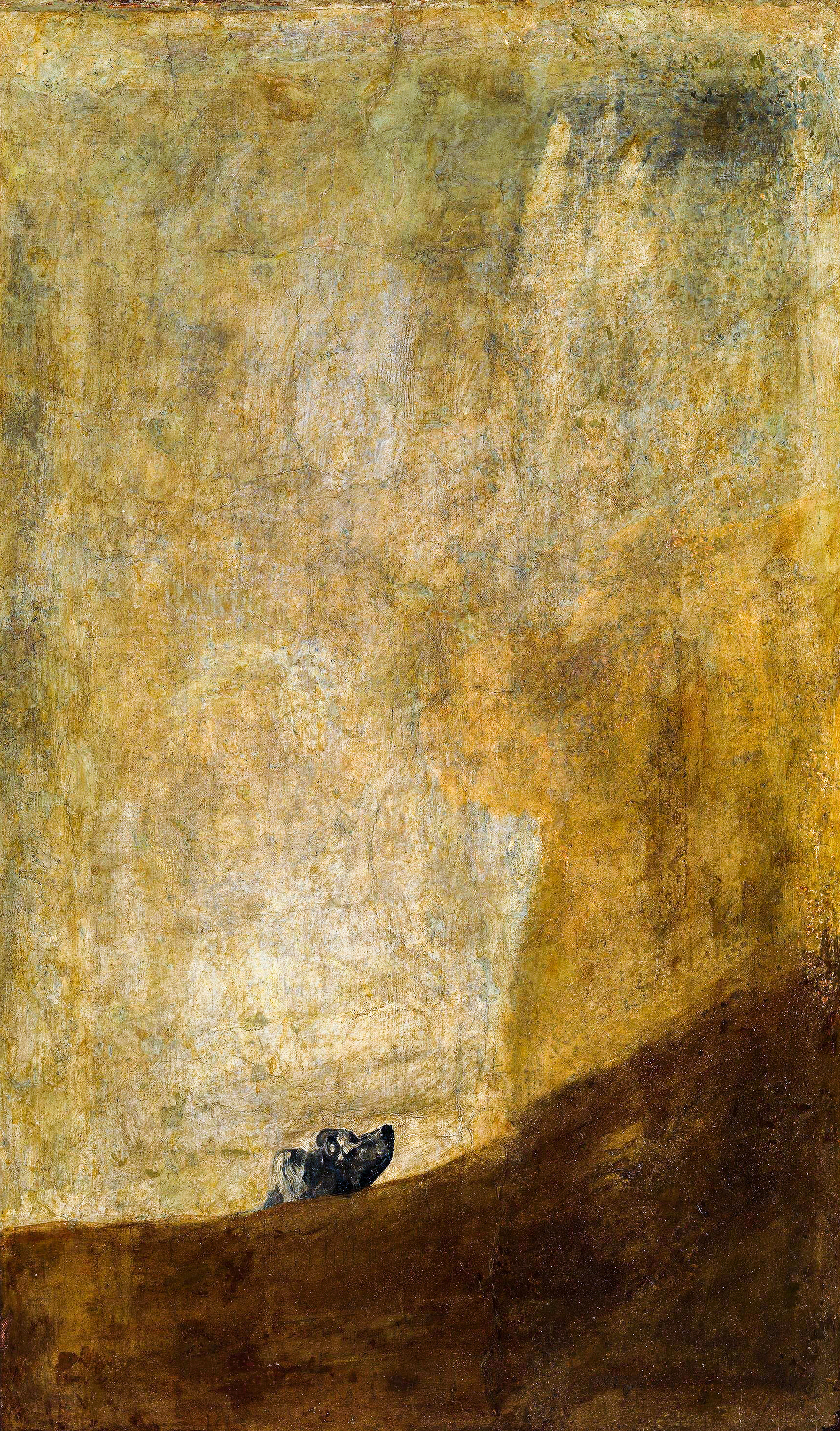
My Favourite Painting: Dame Helen Mirren
Dame Helen Mirren chooses her favourite painting for Country Life.
Country Life is unlike any other magazine: the only glossy weekly on the newsstand and the only magazine that has been guest-edited by HRH The King not once, but twice. It is a celebration of modern rural life and all its diverse joys and pleasures — that was first published in Queen Victoria's Diamond Jubilee year. Our eclectic mixture of witty and informative content — from the most up-to-date property news and commentary and a coveted glimpse inside some of the UK's best houses and gardens, to gardening, the arts and interior design, written by experts in their field — still cannot be found in print or online, anywhere else.
-
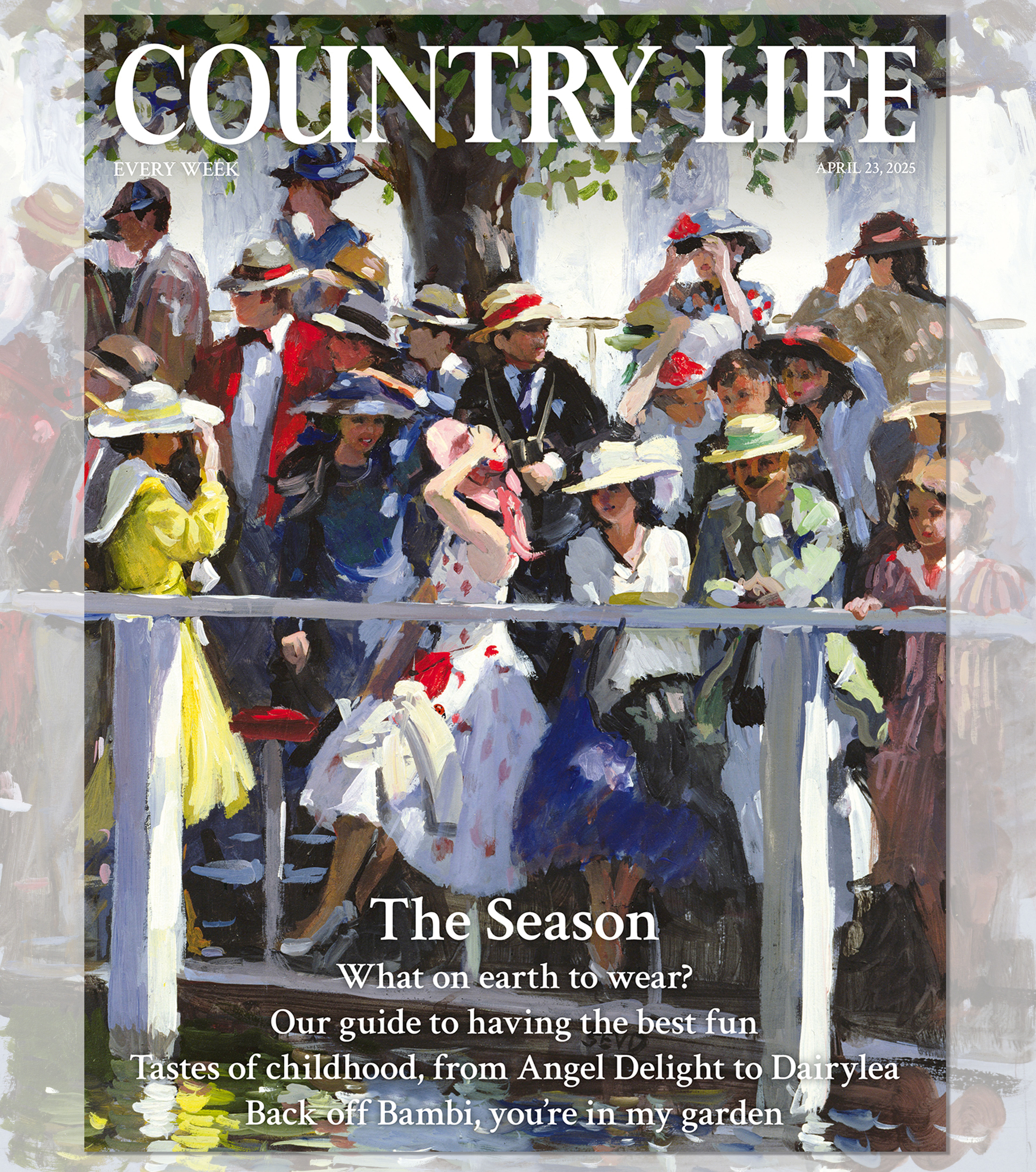 Country Life 23 April 2025
Country Life 23 April 2025Country Life 23 April 2025 looks at how to make the most of The Season in Britain: where to go, what to eat, who to look out for and much more.
By Toby Keel
-
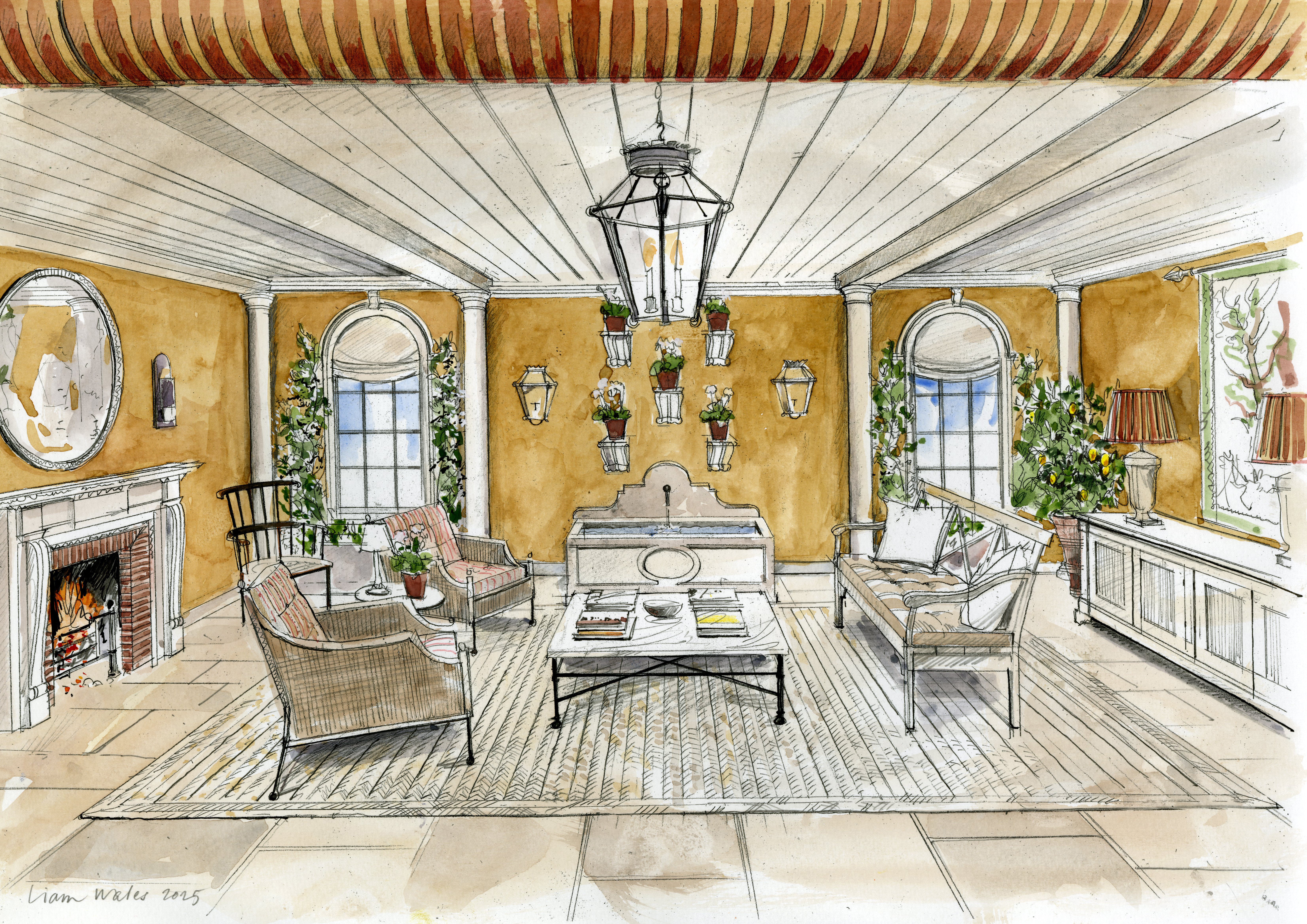 The big reveal: A first look at Country Life's RHS Chelsea Flower Show stand
The big reveal: A first look at Country Life's RHS Chelsea Flower Show standInterior designer Isabella Worsley reveals her plans for Country Life’s ‘outdoor drawing room’ at this year’s RHS Chelsea Flower Show.
By Country Life
-
 'As a child I wanted to snuggle up with the dogs and be part of it': Alexia Robinson chooses her favourite painting
'As a child I wanted to snuggle up with the dogs and be part of it': Alexia Robinson chooses her favourite paintingAlexia Robinson, founder of Love British Food, chooses an Edwin Landseer classic.
By Charlotte Mullins
-
 The Pre-Raphaelite painter who swapped 'willowy, nubile women' for stained glass — and created some of the best examples in Britain
The Pre-Raphaelite painter who swapped 'willowy, nubile women' for stained glass — and created some of the best examples in BritainThe painter Edward Burne-Jones turned from paint to glass for much of his career. James Hughes, director of the Victorian Society, chooses a glass masterpiece by Burne-Jones as his favourite 'painting'.
By Charlotte Mullins
-
 'I can’t look away. I’m captivated': The painter who takes years over each portrait, with the only guarantee being that it won't look like the subject
'I can’t look away. I’m captivated': The painter who takes years over each portrait, with the only guarantee being that it won't look like the subjectFor Country Life's My Favourite Painting slot, the writer Emily Howes chooses a work by a daring and challenging artist: Frank Auerbach.
By Toby Keel
-
 My Favourite Painting: Rob Houchen
My Favourite Painting: Rob HouchenThe actor Rob Houchen chooses a bold and challenging Egon Schiele work.
By Charlotte Mullins
-
 My Favourite Painting: Jeremy Clarkson
My Favourite Painting: Jeremy Clarkson'That's why this is my favourite painting. Because it invites you to imagine'
By Charlotte Mullins
-
 The chair of the National Gallery names his favourite from among the 2,300 masterpieces — and it will come as a bit of a shock
The chair of the National Gallery names his favourite from among the 2,300 masterpieces — and it will come as a bit of a shockAs the National Gallery turns 200, the chair of its board of trustees, John Booth, chooses his favourite painting.
By Toby Keel
-
 'A wonderful reminder of what the countryside could and should be': The 200-year-old watercolour of a world fast disappearing
'A wonderful reminder of what the countryside could and should be': The 200-year-old watercolour of a world fast disappearingChristopher Price of the Rare Breed Survival Trust on the bucolic beauty of The Magic Apple Tree by Samuel Palmer, which he nominates as his favourite painting.
By Charlotte Mullins
-
 My favourite painting: Andrew Graham-Dixon
My favourite painting: Andrew Graham-Dixon'Lesson Number One: it’s the pictures that baffle and tantalise you that stay in the mind forever .'
By Country Life